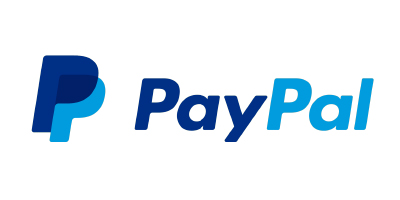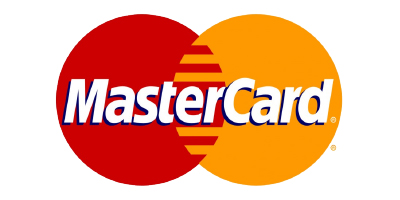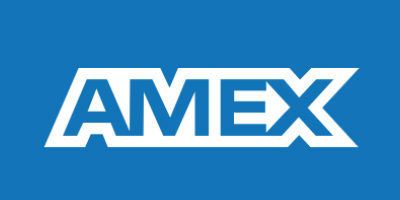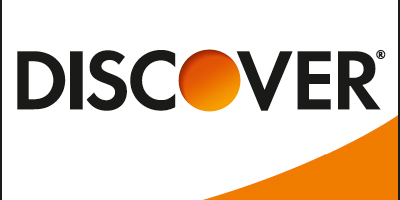The way that information is displayed can either undermine or promote the underlying message. Perhaps this is more salient today when we’ve had years to refine and shape the way that information is delivered. Texting, social media, and other forms of digital communication have co-evolved with the way that our culture reads information. “Tl;dr“, for instance, is social media slang for “too long, didn’t read”, and is used to post summaries for a text that spans more than a few short paragraphs — the limit for people who are actively scanning for the “main idea” in a text.
While we can wax philosophical about the social ramifications of developing digestible information, the protests of Luddites and grammarians are irrelevant. The reality is that quick, accessible information is more effective at delivering messages than long, complicated blocks of text. This is a symptom of an environment where information must be delivered efficiently and effectively.
Aesthetics also play a large role in delivering information. A consistent, clean, and appropriate interface will help to direct customers to the services they need. A cluttered, tattered, or inappropriate presentation can alienate customers and tarnish your brand.
Donald A. Norman’s The Design of Everyday Things is a book that every marketer, engineer, and innovator should read. The book explains how product designs, and designs in general, work for or against users. It is canonical in a growing field of research that empirically looks at design and human interaction. Norman’s statement “Design is really an act of communication, which means having a deep understanding of the person with whom the designer is communicating,” asks us who we are communicating with when we decide on a design (Design of Everyday Things: Preface to 2002 edition, X).
In every day, we can point out examples where poor communication results from poor design. Shop owners may have an area of a store that is never visited, not because consumers do not want the products to be sold there, but because they have no mental map or directions to those products. Maybe there is a unique product or deal that the shop offers: How can they tell their customers? Signs, window graphics, and permanent displays can help customers “read” your store and quickly find what they need. In this way, your store’s design/layout alters the way your customers interact with you.
Shipping and trucking companies know that road safety does not depend solely on their drivers. Reflective, easy-to-read, and fluorescent wraps can catch the attention of other drivers and inform them of blind spots and “no zones” around large trucks.
Whether you’re promoting your business, introducing a product, building your brand, or improving public safety, you can effectively design the way that you interact with customers by using products from Softronixs.
Softronixs offers Custom Signage, Vehicle Wraps Graphics, and Retail-Centered Graphics products. We can offer you products that are appropriate for indoor or outdoor, and that is geared toward
long or short-term use. Our facilities are capable of making ready-to-go signs and decals — all to your specification.
Because we use quality 3M materials, we are able to deliver a consistent, professional look that will give your customers confidence in your brand.











